
Dental equilibration is often known as occlusal equilibration in dentistry. The term “equilibration” means establishing balance or equality regarding the teeth, jaw joints, and jaw muscles. It entails adjusting the interlocking of the teeth so that when the jaw muscles are relaxed and the jaw joints are in a safe, neutral position, the teeth engage uniformly, with equal contact between the upper and lower teeth.
What is Dental Equilibration?
Dental equilibration is a procedure that involves delicately reshaping your teeth, dentures, bridges, crowns, fillings, or other oral appliances to adjust your bite alignment. It aids in removing biting issues and encourages the jaw bone to close in the proper anatomical position. This is done to ensure that your lower jaw can work properly with the least amount of stress on the joint, muscles, and teeth.
Symptoms
The signs of these active dental problems are the following:
- Temporomandibular Joint Disorder (TMD)
- Headache from muscle tension on the sides of the head or jaw area
- Severe erosion of your natural teeth
- Broken or loose teeth
- Gum recession or other related issues
- Grooves and chips are formed around the gum line and exposed to the root surfaces.
- Stiffness and pain around the jaw and neck area.
- Pain and discomfort while chewing
- Bruxism
- Jaw clenching or locking
- Having trouble while opening your mouth
If you have any of these symptoms, schedule an appointment with your dentist. They will diagnose the problem and provide the treatment that is best for you.
Procedures
Before getting into the treatment, the dentist will diagnose your bite problems. They usually use thin, colored paper to diagnose your bite. When you bite that piece of paper, your dentist will look for changes in the color of the areas where your teeth come into contact. Finally, they will come to know about the interference once they discover the place where the marks have not been deducted.
When the issues are diagnosed, they will decide the treatment option for you.
The treatment procedure involves:
1) Teeth reshaping
This procedure is for those who have uneven crowns on their front teeth. These uneven teeth will need to be redone. Drillings or fillings may be required to fix these damaged surfaces.
2) Tooth reconstruction
If uneven bite problems occur after getting dental crowns, bridges, or other oral restoration procedures, improper prosthetic treatments are also one of the symptoms of biting misalignment problems. So the treated teeth should be repaired and rebuilt again with new restoration appliances.
3) Streamline the dental alignment
To correct bad bite issues, orthodontic appliances like metal braces, Invisalign, and retainers are also recommended.
Benefits
The crucial benefits of occlusal equilibration are the following;
- It is generally a painless procedure, and it doesn’t require anesthesia.
- It is simpler and quicker and more cost-effective than orthodontic procedures.
- It doesn’t need any shifting of the teeth.
- It doesn’t require a long time to recover. It takes less time to completely normalize and your smile will look the same as before.
- It helps your jaw to stay in its ideal position while chewing or biting food.
Bottom line
Having biting problems can harm your tooth mobility and cause tooth sensitivity, pain while chewing or biting, pain around the jaw and neck area, etc.
Similarly, problems with bite misalignment exhibit a variety of symptoms, such as cracking jaws, uneven jaw closing, chronic teeth clenching, changes in facial structures, etc.
If you have any of these symptoms, visit your dentist right away to conduct a thorough oral examination and get a problem-free solution.

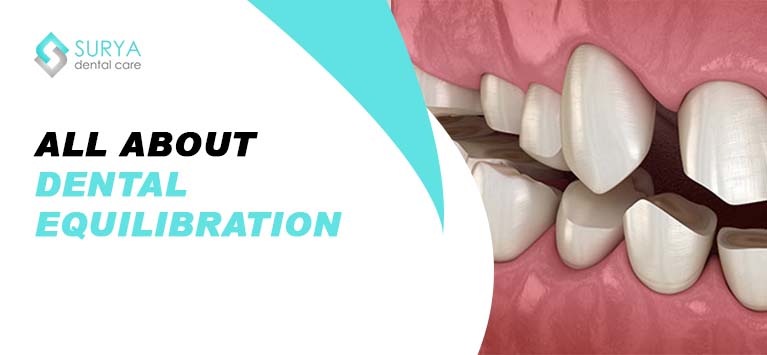




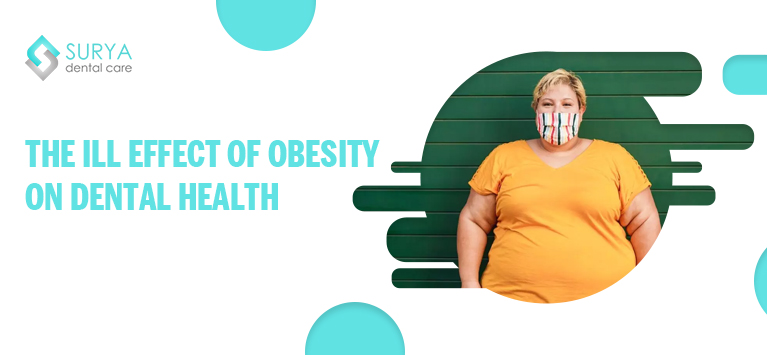
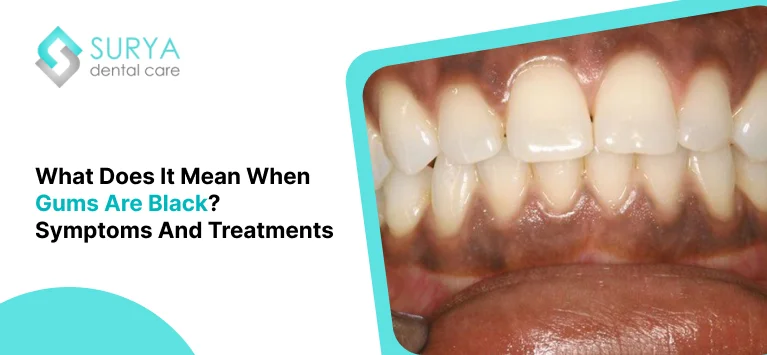


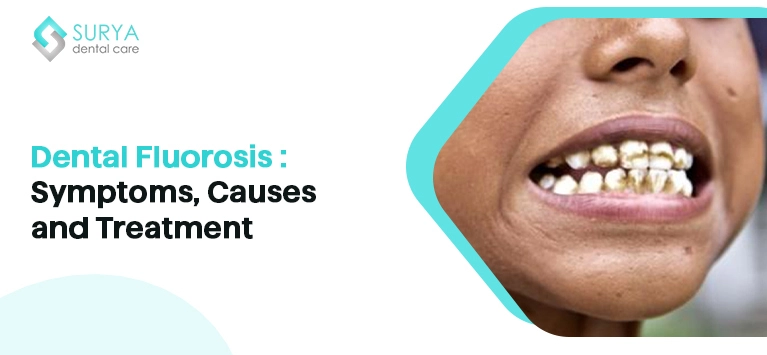
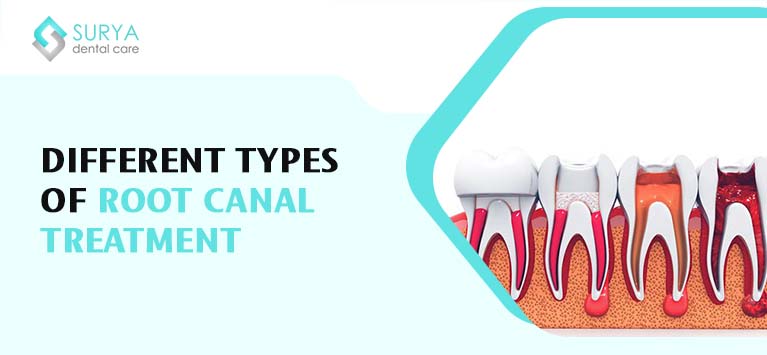
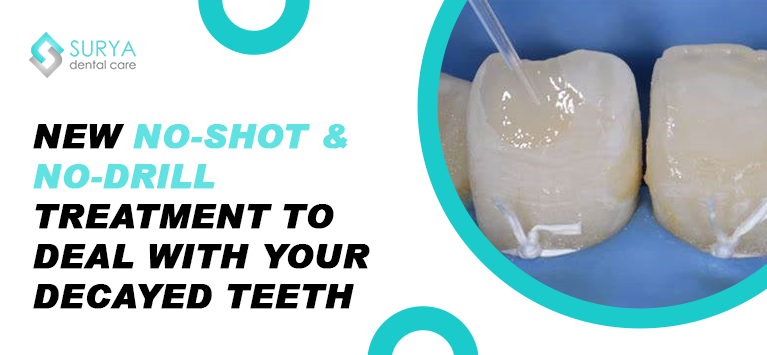

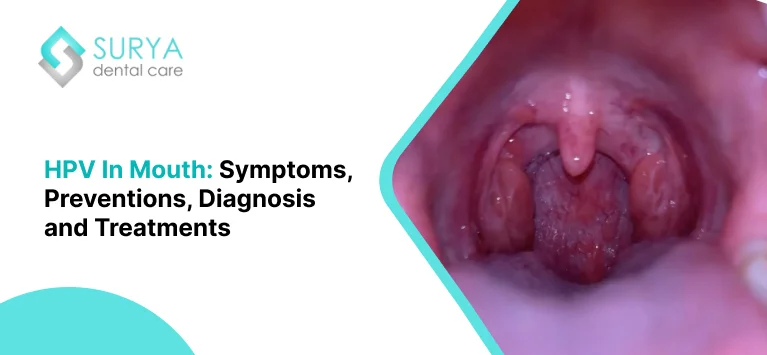
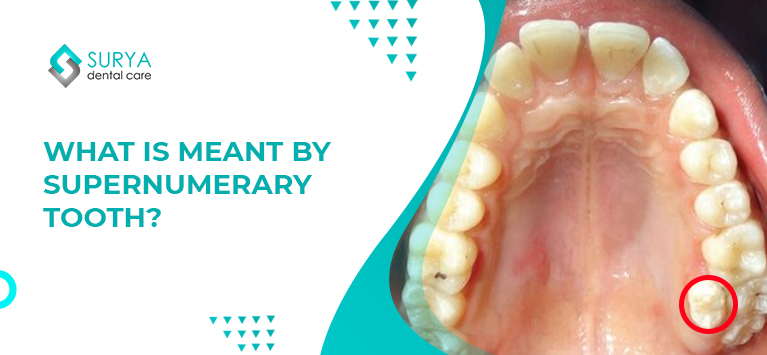



Leave a Comment